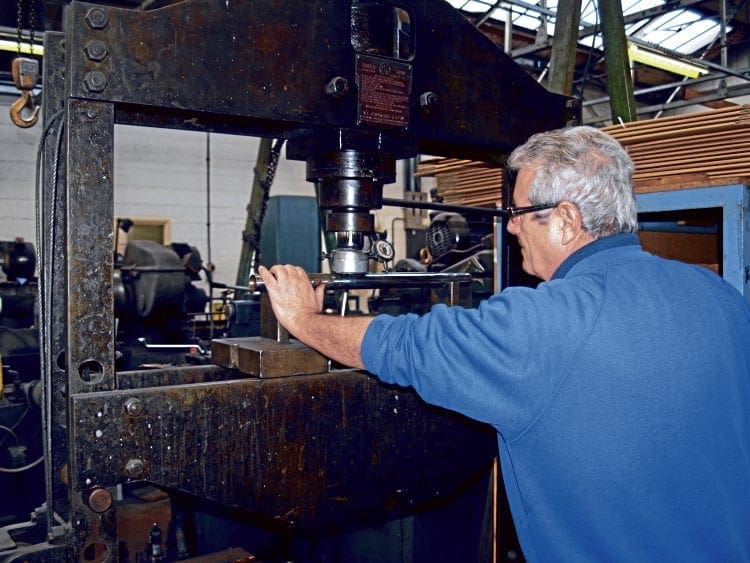Q: Just to say how much I enjoyed the ‘Why forks fail’, article, but surely the primary cause of forks ending up needing repair work is, in my experience, accidental damage. So, the difficult and awkward questions went unasked, questions like: A) Is it okay to straighten fork tubes? (and they ‘always’ get bent when the forks are at maximum compression of course). B) How many times is it okay to straighten them? C) Can you tell how many times old forks have been straightened? D) And finally, would you send your first born son out racing at the TT on a pair of straightened forks? Always a clincher that one, whatever the technology involved. Be interested to hear what the refurbishment professionals have to say about this aspect of their industry.

A: Steve Cooper of (industry professional) answers:
A) Yes providing they aren’t creased, ridged or buckled. If they are they will be weakened and should not be used.
B) Theoretically until they lose their tempering. If they ‘flop’ when on a press they are toast and should be binned. However, if you’ve seriously bent them several times you need to replace them and possibly ride with a bit more care.
C) So if you have any doubts or concerns they should not be used as they are obviously safety critical.
D) In theory yes providing they weren’t previously seized, ridged or buckled. However, knowing that even brand new mega strong USD forks have failed spectacularly under racing conditions on ‘The Island’ I’d only use the very best available and would never compromise on safety.
Re: common failures of forks, the vast majority fail because of stone chips to the poor original finish and/or long term damp storage leading to corrosion pitting.




